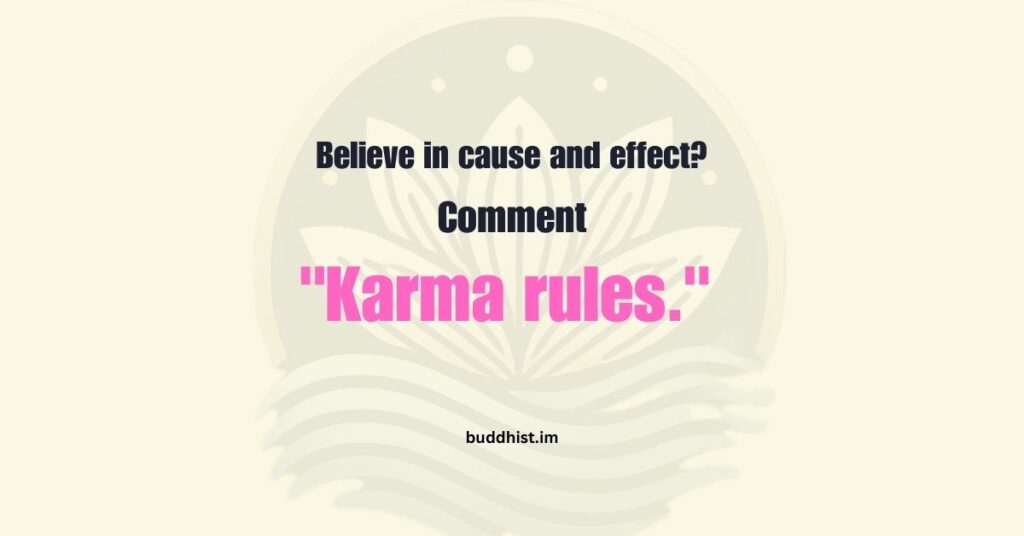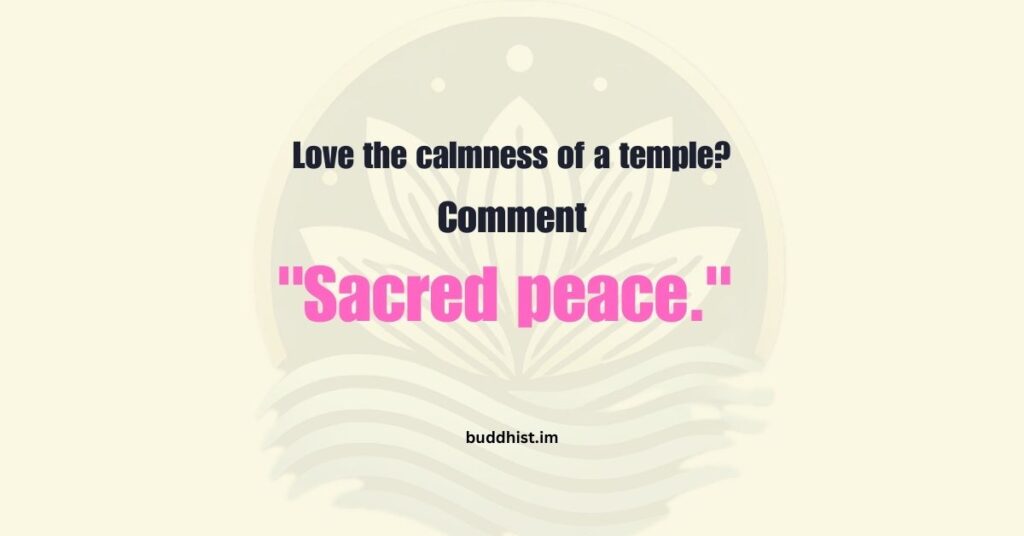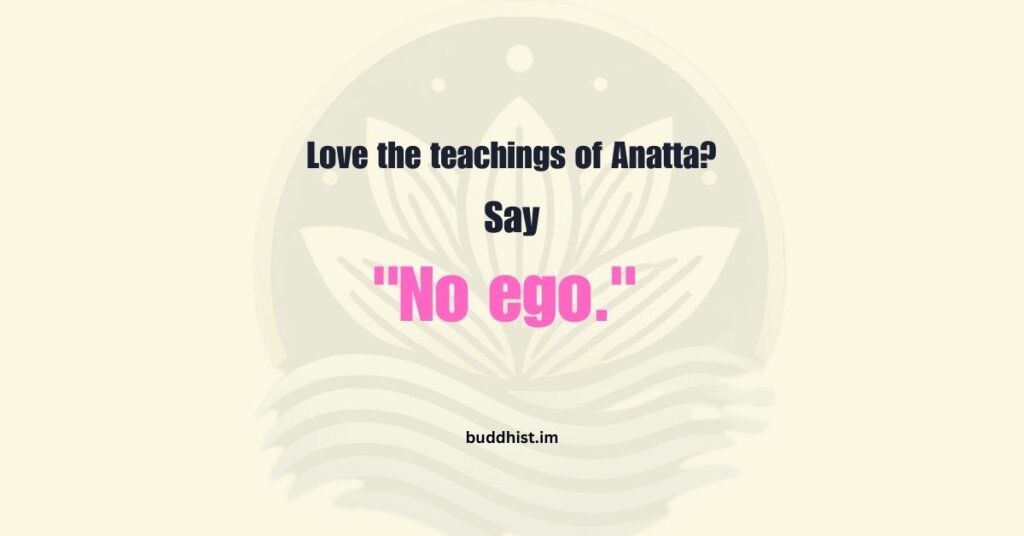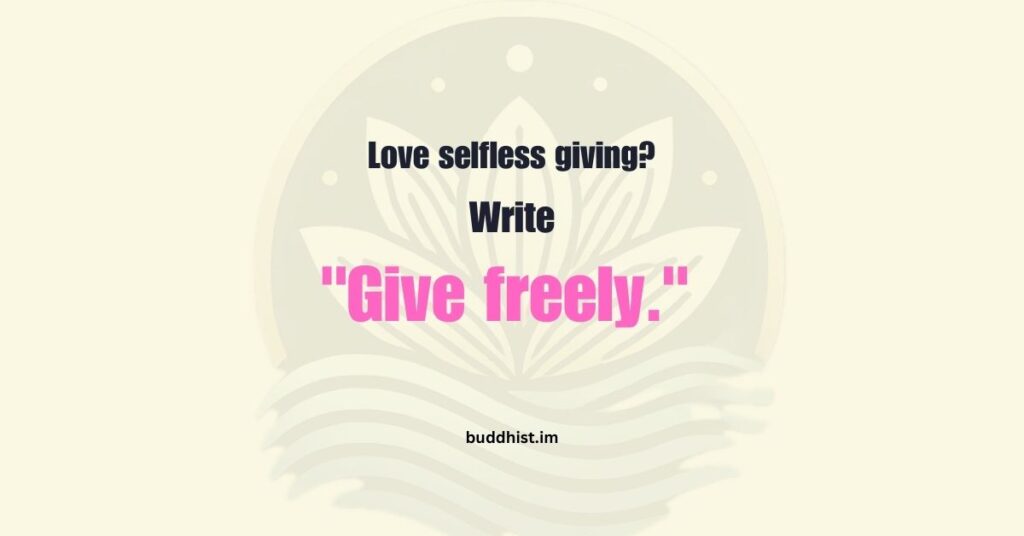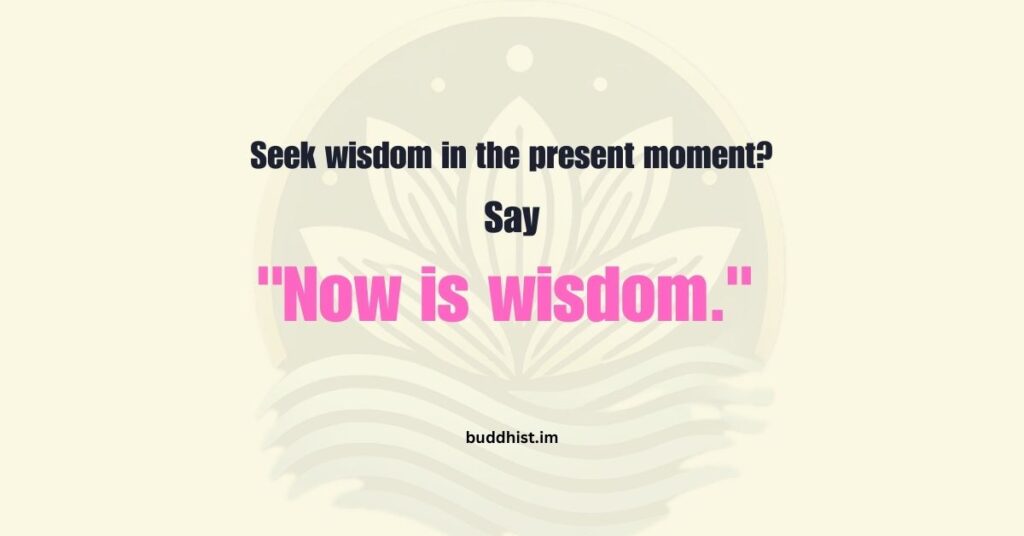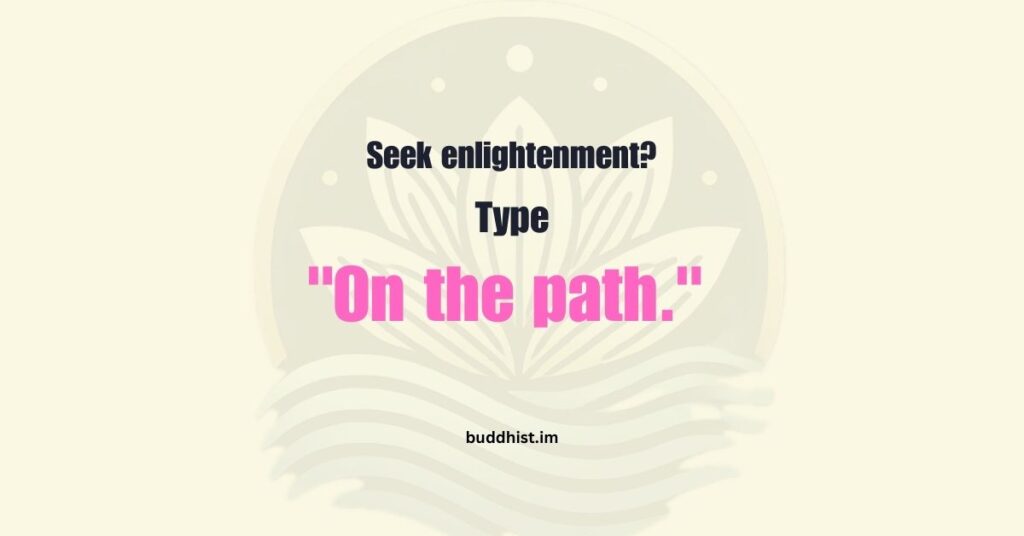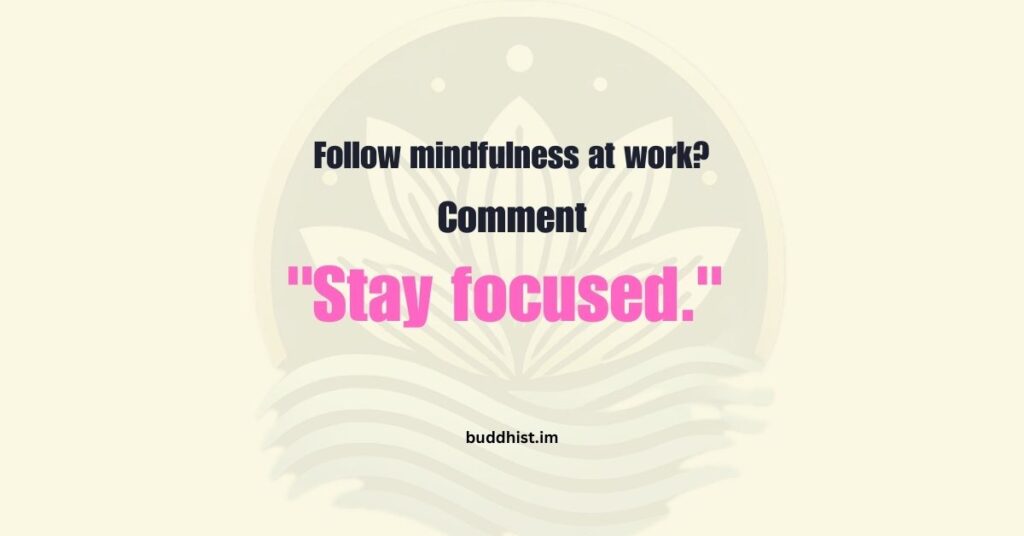Picture this: you’ve just tied the knot with the love of your life. Along with your vows and champagne toasts, you’ve also gained a new cast of characters, kids from previous marriages, exes, in-laws, pets (sometimes they count, right?), and a whirlwind of emotions. Welcome to the colorful, sometimes chaotic, but potentially beautiful world of blended families! If you’re feeling like you need a zen master to navigate it all, you’re not alone. Luckily, Buddhist teachings offer a treasure trove of wisdom to help you create harmony and happiness.
So, grab a cup of tea (or kombucha, if that’s more your thing) and let’s explore how the Buddha’s teachings can guide your blended family adventure.
1. Embrace the Art of Loving-Kindness (Metta)
Buddhism teaches us about metta or loving-kindness. It’s like the universal superglue that can hold a family together, blended or otherwise. Practicing loving-kindness means radiating goodwill, patience, and acceptance toward everyone, even when the teenage stepkid leaves socks in the fridge. (How did that even happen?)
Try this: Before a family gathering, spend a few minutes in meditation. Silently repeat phrases like, “May everyone in this family be happy, safe, and at peace.” It’s amazing how this mindset shift can transform your interactions. And yes, it even works on that one relative who always “knows best.”
2. Be Present (Mindfulness FTW!)
In a blended family, it’s easy to get lost in past grudges or future worries. But Buddhist mindfulness teaches us the power of the now. Focus on the present moment, whether it’s cooking dinner together, watching a movie, or navigating a tricky conversation.
Pro Tip: When your stepchild is venting about school drama or your spouse is frustrated over co-parenting logistics, listen. Like, really listen. Put the phone down, make eye contact, and let them feel heard. Trust us, mindfulness is the unsung hero of family harmony.
3. Practice Non-Attachment (Let Go of “Perfect”)
Newsflash: no family is perfect. Not even the ones with matching pajamas on Instagram. Buddhist teachings encourage us to let go of attachment, not just to things, but also to rigid expectations.
In a blended family, this might mean accepting that holiday traditions will look different now, or that it’s okay if your stepkids take a while to warm up to you. Perfection is overrated; authenticity is where the magic happens.
Pro Tip: Instead of clinging to the way things “should” be, celebrate the way things are. Create new traditions unique to your blended family. Taco Tuesdays, anyone?
4. Cultivate Compassion (Empathy, Baby!)
Blended families come with a mixed bag of emotions. One minute you’re all laughing over game night; the next, someone’s crying because they miss their other parent. It’s a rollercoaster, but compassion is your safety harness.
Buddhism emphasizes putting yourself in others’ shoes. That stepchild acting distant? They might be feeling torn between loyalties. The ex who seems uncooperative? They could be struggling with their own fears or insecurities.
Action Step: Instead of reacting emotionally, pause and ask yourself, “What might they be feeling right now?” Showing empathy can diffuse tension faster than you can say “Namaste.”
5. Build Merit Together (Good Karma, Anyone?)
Blended families are a great opportunity to build merit as a unit. In Buddhism, merit is the positive energy you create through good deeds. Think of it as the cosmic piggy bank of good vibes.
Family Activity Idea: Volunteer together, whether it’s at a local shelter, a community clean-up, or even planting trees. These shared acts of kindness not only boost your karma but also strengthen family bonds. Bonus: You’ll have some great stories to tell over dinner.
6. Lean on the Power of Patience (Yes, Even with the Ex!)
Ah, patience, the unsung hero of Buddhism. In a blended family, patience is your BFF. Whether you’re navigating shared custody schedules, dealing with mismatched parenting styles, or just trying to figure out who ate the last slice of pizza, patience is key.
Pro Tip: When you feel your frustration bubbling up, take a deep breath (or three). Remember that everyone is doing their best with what they’ve got, even if their “best” doesn’t meet your expectations.
7. Celebrate Impermanence (Change Is Growth!)
Buddhism teaches us that everything is impermanent, and that’s a good thing! The struggles you face today won’t last forever, and neither will the awkwardness of building new relationships. Change is a sign of growth, so embrace it.
Perspective Shift: Instead of fearing change, welcome it. Each new chapter in your family’s journey brings opportunities to grow closer, learn, and love more deeply.
Your Blended Family, Your Beautiful Journey
At its heart, Buddhism is about finding inner peace and spreading that peace to others. A blended family might not look like a traditional setup, but who needs traditional when you’ve got love, laughter, and a willingness to grow together?
So, the next time life throws you a curveball, or a toddler tantrum, remember: you’ve got Buddhist wisdom on your side. Practice loving-kindness, stay mindful, and don’t forget to laugh along the way. After all, a blended family isn’t just a mix of people; it’s a blend of hearts, and that’s pretty amazing.
Namaste, and may your family journey be filled with joy, peace, and plenty of tacos.


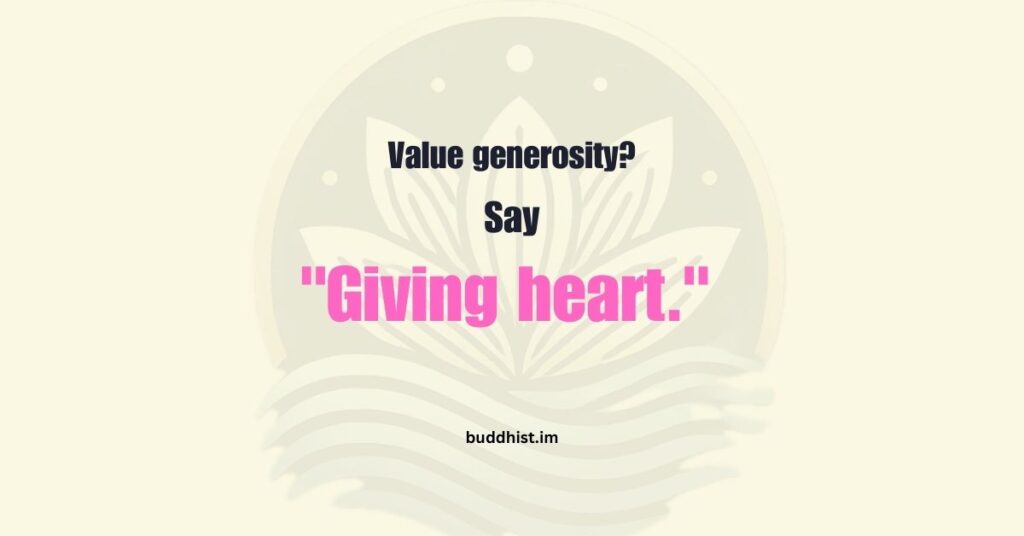
![Stop Losing Yourself in Marriage, [Here’s the Fix]](https://buddhist.im/wp-content/uploads/2025/01/Stop-Losing-Yourself-in-Marriage—Heres-the-Fix-1024x536.jpg)
![Stop Over-Explaining [Here’s What to Do Instead]](https://buddhist.im/wp-content/uploads/2025/01/Stop-Over-Explaining-Heres-What-to-Do-Instead-1024x536.jpg)

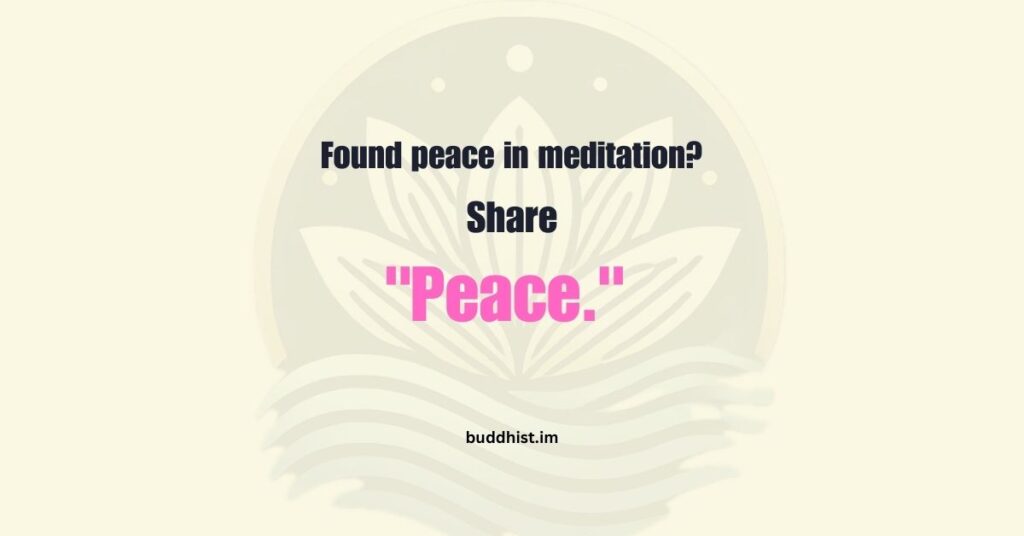
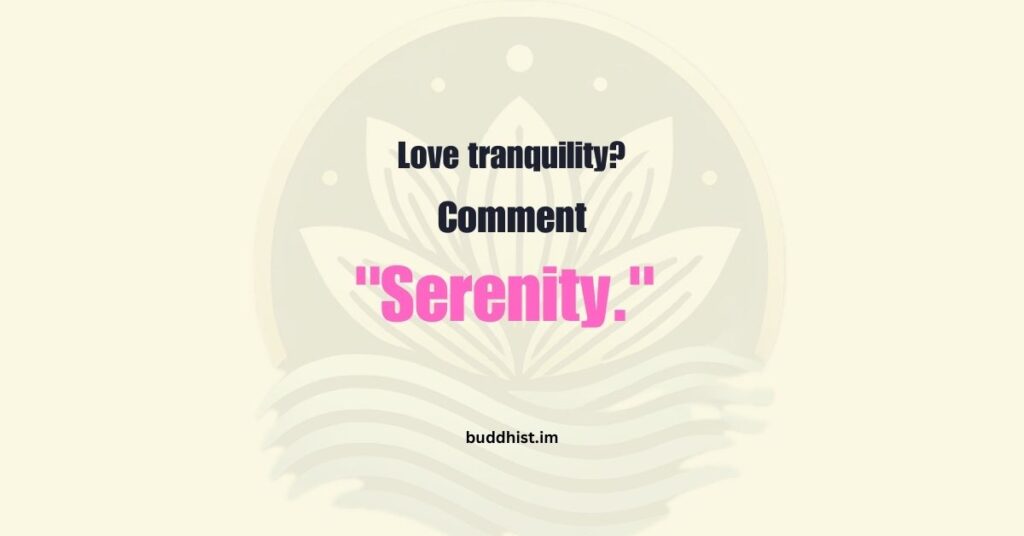


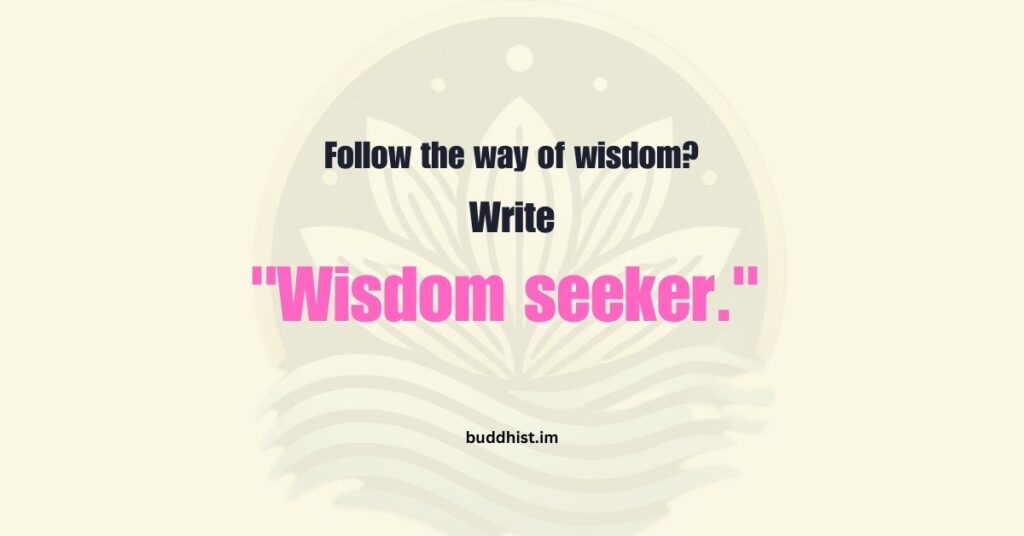
![[Trust Thrives on THIS] And It’s Easier Than You Think!](https://buddhist.im/wp-content/uploads/2025/01/Trust-Thrives-on-THIS—And-Its-Easier-Than-You-Think-1024x536.jpg)
